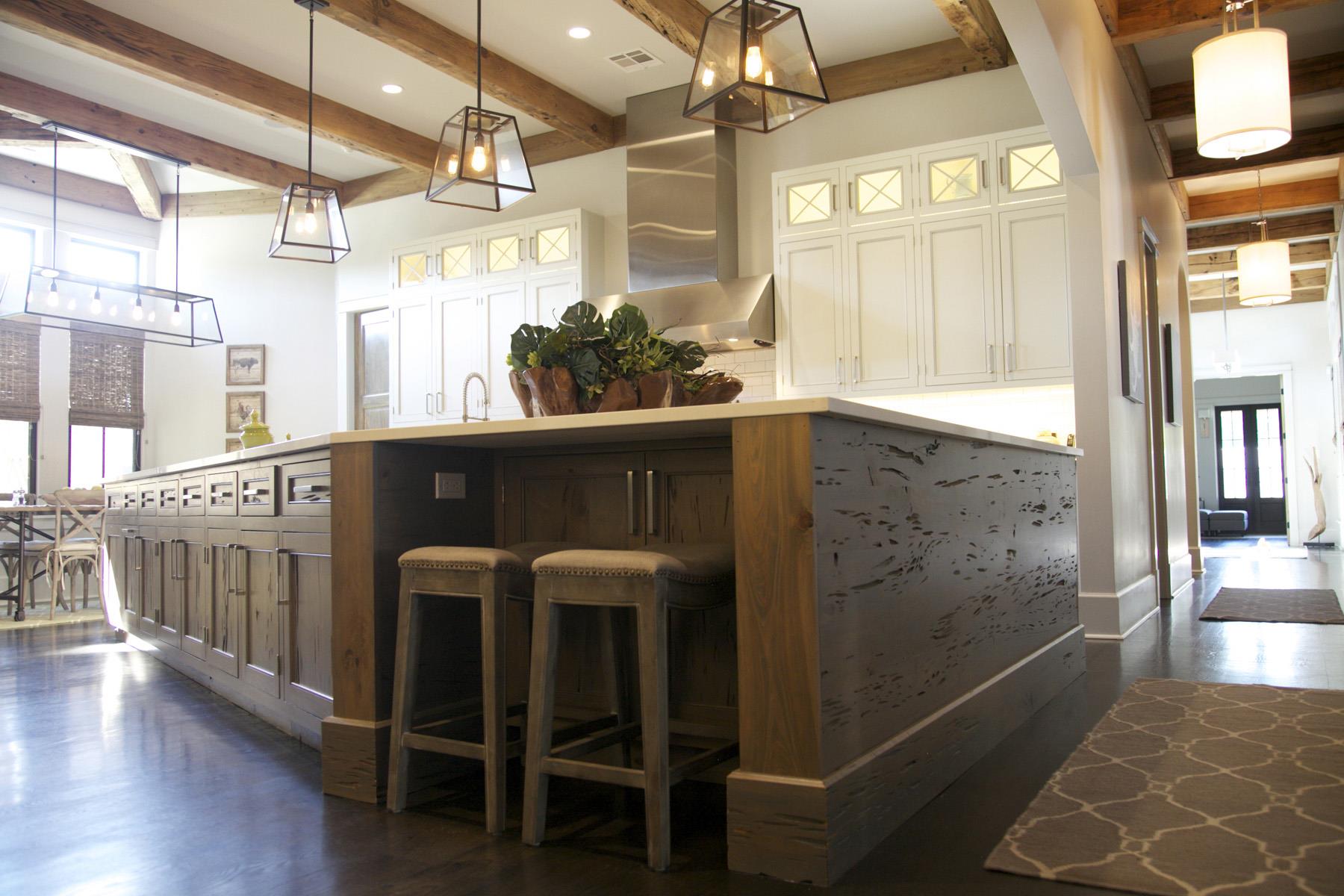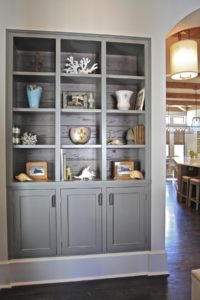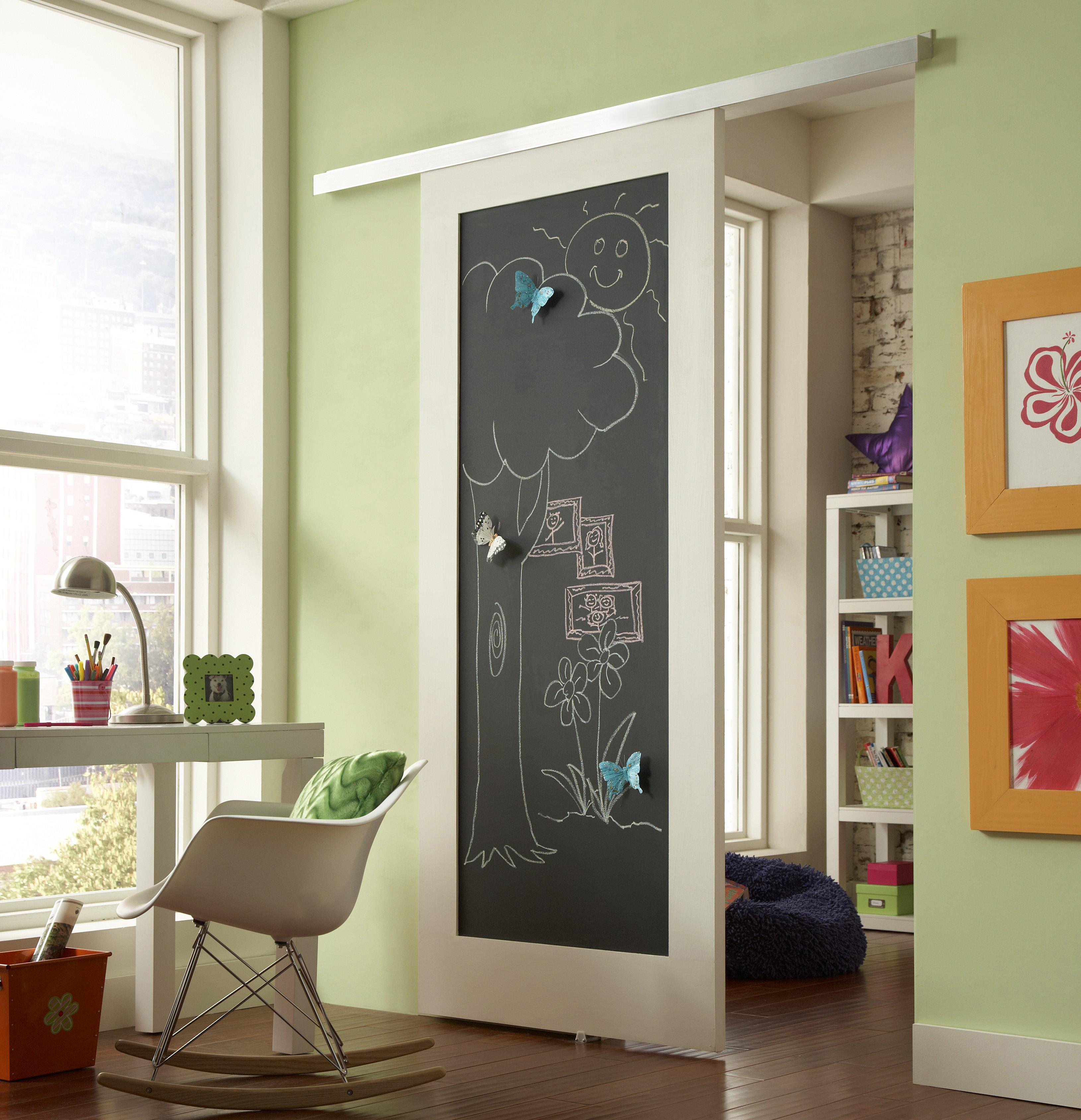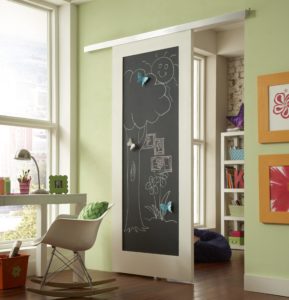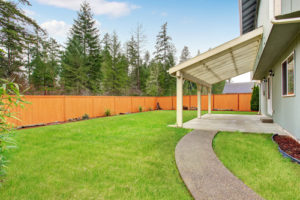 Finding the best new house for you means thinking about details — from square footage to layout to landscaping — and that includes fencing. When you’ve found the right house plan and are building your dream home, you can’t forget to consider features that will make your home stand out. A quality fence is one such feature, able to enhance a home’s architecture, provide backyard privacy, add security and more.
Finding the best new house for you means thinking about details — from square footage to layout to landscaping — and that includes fencing. When you’ve found the right house plan and are building your dream home, you can’t forget to consider features that will make your home stand out. A quality fence is one such feature, able to enhance a home’s architecture, provide backyard privacy, add security and more.
How do you select the right fence for your home? Does it make sense to go for a picket fence or a privacy fence? Will you be happier with a low-maintenance option or one that is easy to replace when it needs repairs?
To help answer these questions, here are five key tips to keep in mind:
- Start with why you want one. To make sure you pick the right fence for your property, take the time to think about the fence’s purpose: Are you looking to enhance curb appeal or protect pets from traffic? Are you most concerned with fencing style or added security? Know what matters most to you. By defining your goals in adding a fence, you’ll be better able to prioritize what features to look for and how to make a selection.
- Think about aesthetics. Ideally, your fence will complement your home’s architecture and fit with your property’s style. With that in mind, think about what kind of fence would look good with your home. Just as a wrought iron fence may not fit a log cabin, a chain link may not fit a suburban home. Likewise, find out if there are any community regulations you must comply with when choosing a fence.
- Consider privacy. Determine how much privacy matters to you in your fencing choice. If you’re looking to protect your yard from unauthorized views or to create more of a retreat feel on your property, choose a fence that has no space between boards. If, on the other hand, privacy isn’t a big issue, feel free to look at wrought iron fencing, fencing with space between slats, and other options that don’t necessarily block views.
- Explore your options. Today’s market includes fences in a wide range of styles, from classic picket fences to durable metal railings. Explore the options that are available, from designs to materials, and get inspired with possibilities. Some possibilities to explore include wood, chain link, vinyl, composite, ornamental metal and galvanized steel.
- Understand fence maintenance. One of the biggest differences with different types of fences is how much maintenance they’ll require. While some fences need to be painted or stained every few years, others need little ongoing upkeep. Wood fences require a lot of maintenance, for example, but they are some of the easiest to repair. Vinyl or aluminum fences require almost no upkeep. However, if they get damaged, you have to find the original manufacturer and see if it still makes the same product. If you can’t find replacement parts that match what you have, you could end up replacing the whole fence.
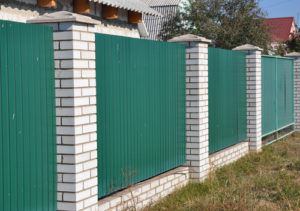 The bottom line with fencing? There isn’t one best choice for everyone. Rather, by looking at your specific property and needs, you can find the right fence for your home. When you’re shopping options for your new home, use the five tips above to guide your efforts. By starting with your reasons for getting a fence, thinking about aesthetics and privacy, exploring the possibilities, and thinking through fence maintenance, you’ll be equipped to make a decision you can feel good about for years to come.
The bottom line with fencing? There isn’t one best choice for everyone. Rather, by looking at your specific property and needs, you can find the right fence for your home. When you’re shopping options for your new home, use the five tips above to guide your efforts. By starting with your reasons for getting a fence, thinking about aesthetics and privacy, exploring the possibilities, and thinking through fence maintenance, you’ll be equipped to make a decision you can feel good about for years to come.
Author bio: Dean White is Owner and Operator of Tru-Link Fence, one of the largest fence companies in northern Illinois. He has more than 30 years of experience in the fence industry.


